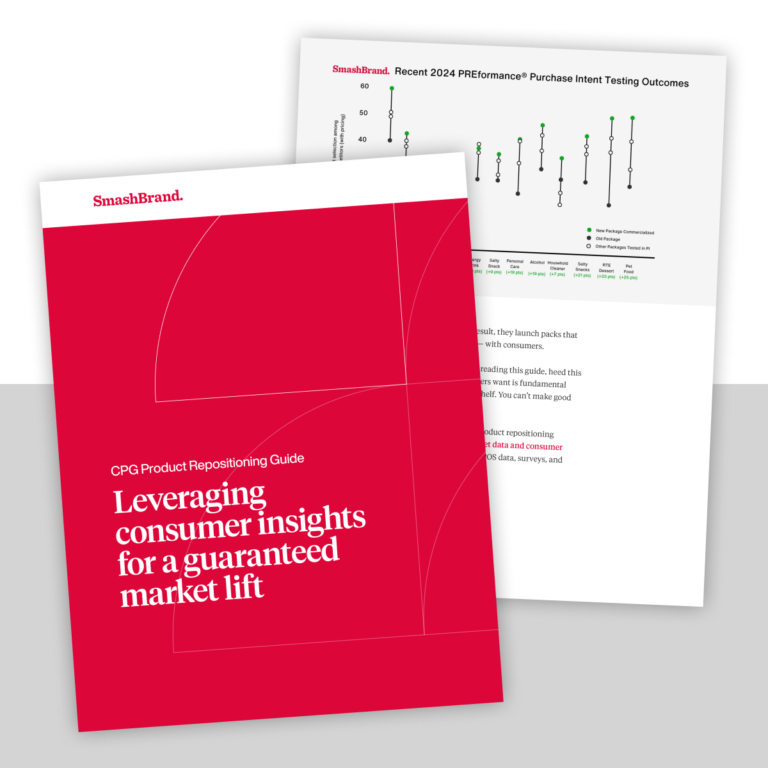It makes perfect sense that certain brands’ packaging designs have capitalized upon the 2014 Winter Olympic Games. Clearly, bottled sports drinks, health foods and athletic equipment will probably experience a sales spike as consumers become enthusiastic about sports and fitness, but some products have nothing whatsoever to do with health or athletic performance that are nonetheless capitalizing upon the nation’s Olympic fever. We’re waiting for a brand of Olympics whiskey for the bitter athlete whose dreams of glory have been, and will remain, unrealized.
The Olympics aren’t the only major occasions that merit packaging design consideration; certainly, holidays and even regional events could and should be highlighted to maintain relevance. The Olympic Games have taught us that no matter what type of product you’re selling, it can benefit from acknowledging specific cultural events. However, how do we know that our packaging design makes the most of the opportunity? Here are three ways to ensure our concepts take flight, beat our best scores and wind up on the package design podium.
1. Link the product to the event.
Think of ways to make your product appropriate to the event you wish to celebrate – customers are very savvy regarding branding opportunities. You could try to mash your line of anti-wrinkle creams into the nation’s mania for speed skating, but it is a bit of a hard sell, since one has precious little to do with the other. You’d be better off trying figure skating, since although the athletes appear to be teenagers, we have it on good authority that their average age is 47.
2. Think outside the box.
To use the Olympics logo on your product, you must be an actual Olympics sponsor and jump through countless licensing hoops. However, there are creative ways to suggest The Olympics without explicitly stating it. Dos Equis, the beer brand endorsed by our close personal friend and parachuting instructor, “The Most Interesting Man in the World,” came up with a campaign that definitely calls the Winter Olympics to mind while never using actual Olympic athletes or trademarked Olympics symbology.
Numerous events can be implied in the packaging design but never explicitly stated. For example, the Christmas season is an enormous marketing opportunity, but consumers of non-Christian faiths favor some brands. These brands might negotiate the associations of the winter season while steering clear of direct Christmas or religious-themed iconography.
Even if you aren’t endorsing a particular cultural phenomenon, you can use related stories to recall (or, more cynically, capitalize on) the event. The furor over Russia’s anti-gay laws has led many brands to market directly to the LGBT community very effectively.
3. Consider how the event might have changed the consumer’s needs.
With every Olympics season comes a mania for engaging in sports and athletics, and with this mania comes a change (albeit temporary in most cases) in lifestyle and how a customer might use your product. If you think there could be opportunities for your product to be used outdoors, before, during or immediately after a workout or as a result of becoming fitter, think about appropriate packaging modifications.
The same goes for packaging for other special occasions, like large county fairs, red-carpet events or community fundraisers. Could your product package be modified for gift-giving purposes or for prestige occasions? Maybe you could offer a version of your sunscreen or moisturizer that would be useful for carrying around at an amusement park or charity fun walk.
Yes, the Olympics unite the nation in cheering respected and hard working athletes as they strive for dominance in their fields, but they also provide fantastic opportunities for increased revenue. Nevertheless, you don’t have to wait for the next Olympics to begin thinking about event packaging design opportunities; your product might be suited to dozens of local and national events. However, research the event, and research it well. “Official ergonomic keyboard of Burning Man” probably won’t fly.
Data-Driven Brand Development
Want a best-selling brand? SmashBrand is a brand development agency for FMCG and CPG companies. From brand strategy to packaging design testing, our Path To Performance™ process guarantees a retail performance lift. Book a time to discuss your project with our team.
Subscribe to
Nice Package.
SmashBrand’s Nice Package: Stay current with our latest insights
Free Resource.

CPG product repositioning guide.
Explore the five undeniable signs your CPG product needs repositioning along with strategies for leveraging consumer insights for a guaranteed market lift.
Download Whitepaper About CPG product repositioning guide.